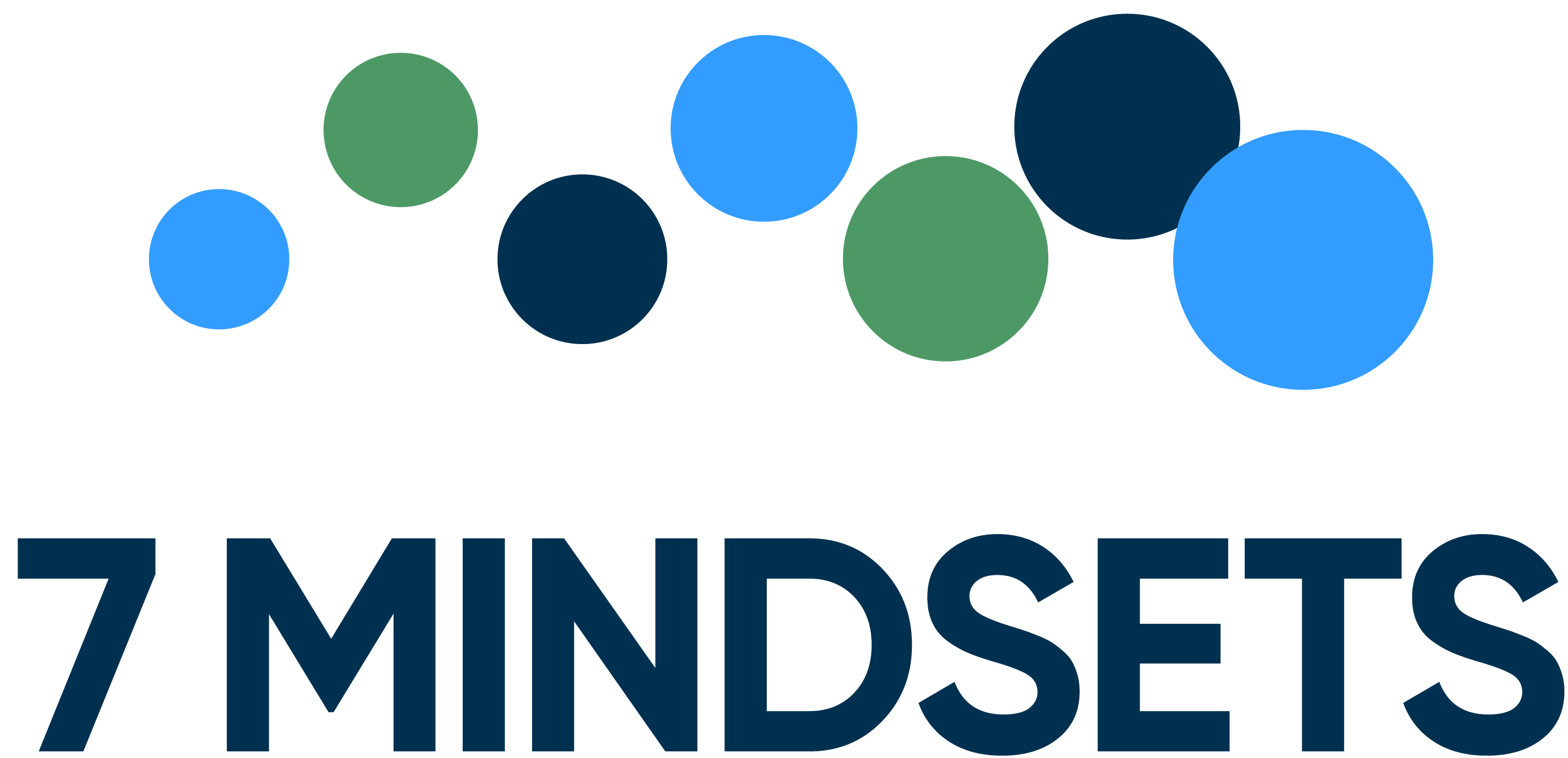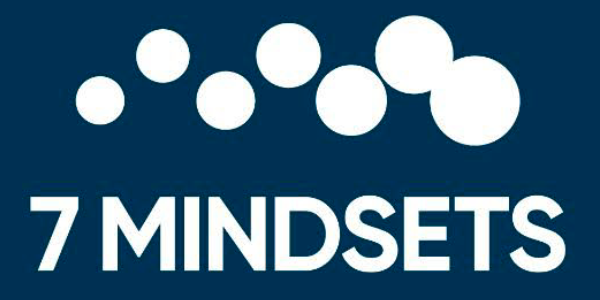Why Schools Must Teach Social Emotional Learning
By Jeff Waller, 7 Mindsets Co-Creator and VP of Educational Services
Years ago, we were acquainted with a wonderful young man who had gotten into some trouble and been suspended from the basketball team. The problem was, he hadn’t told his parents, and they’d invited his entire extended family to attend the first game of the year (1).
He approached his school counselor with the problem. The counselor provided perfectly sound advice, letting the young man know that the situation needed to be dealt with head on, and that honesty and integrity would allow him to work through this challenge with strength.
That was the last time the boy was seen alive. He was found dead in his room, after committing suicide.
He was a positive, popular straight-A student, but this seemingly minor crisis was simply more than he could handle. He hadn’t developed the capacity or confidence to deal with adversity, and the only option he felt he had was a permanent escape.
Stories like this permeate schools around the country. Depression is 10 times more prevalent today than it was in 1960. At that time, the average onset age for depression was nearly 30 years old; by 2010, it had dropped to just 14 ½.
We live in a world of unparalleled knowledge and opportunity, yet the human condition is in decline. We are more stressed, more disengaged, more medicated, more obese and more disconnected than ever before.
According to a recent UNICEF study, teens in the US rank in the bottom twenty five percent among developed nations in measures of well-being, life satisfaction and relationship quality.
For many years, we observed these alarming trends. They were the impetus for our research, and led to the fundamental shift we made to our philosophy as businesspeople and as educators.
We are not the only ones. There is a transformation taking place in our schools, an expansion of their value proposition beyond teaching reading, writing and arithmetic.
I’m talking about an educational revolution, one that’s happening around the country, centered on a new learning model called Social Emotional Learning (SEL).
Here are four critical reasons schools must teach Social Emotional Learning as part of their curriculum:
1 – It is Time
They say when the student is ready, the teacher appears. Likewise, when we as a society are ready, the new knowledge and capacities come forth.
Our children are growing up under very different circumstances than previous generations did, with increased access to technology, information and social media, as well as the dramatically accelerated pace of change. While this provides greater opportunities, the ambiguity of the future and the myriad of choices available creates higher levels of anxiety and emotional challenges for our youth. These are key factors in a recent CDC report which concluded that 20% of U.S. children have mental health disorders.
There is an increasing amount of research into the importance and impact of how kids feel and how they manage their feelings. Evidence shows that healthy emotions, in addition to affecting relationships and psychological well-being, are key factors in driving attention, memory, learning and decision-making. This means that learning to handle emotions well is especially critical during adolescence, when the behavior patterns for an individual’s entire life are being formed.
Social and emotional skills are increasingly being recognized as important for child development (2). These skills, which include competencies like self-awareness, self-management, social awareness, altruism, risk-taking, gratitude, relationship skills, and responsible decision-making, are believed to help students progress further in their education and may enhance personal, economic and social well-being in both youth and adulthood.
2 – They Work
Imagine walking into a classroom with 25 students. Each of them has high expectations for themselves and believes that what is being taught is highly relevant to the things they want from life. Social Emotional Learning, at its best, is about lighting a fire and instilling intrinsic motivation, resilience and a sense of belonging in each student.
We have worked with hundreds of thousands of youth over the past 25 years. No matter how effective you are at teaching a curriculum, you will continue to swim upstream until the switch goes off in your students. I’m talking about that critical moment when the student decides to change to become more; in other words, when their intrinsic motivation to succeed in school kicks in. Social Emotional Learning programs facilitate this by building deeper connections, expanding expectations, developing self-awareness and building a growth Mindset within our students.
A recent Time Magazine article discusses an analysis of 213 schools who have implemented SEL programs, and the resulting improvements they’ve seen in students’ emotional skills, pro-social behaviors, relationships with others and attitudes about school.
Our research led us to the same conclusion. In three independent studies on our program, we have seen a dramatic positive impact on standardized test scores, student behavior, resilience (the ability to deal with adversity) and GRIT (the ability to persist).
While SEL program outcomes fall into the “soft skill” realm, or, more sarcastically, the “warm and fuzzy” arena, the benefits are dramatic, tangible and life-changing for the students and schools where they’re implemented.
3 – They Make Financial Sense
These programs also provide a financial incentive. Our education system today invests massive amounts of money into compliance-based programs. These investments are necessary in order for schools to meet state and federal mandates. I believe they must be equally aggressive in investing in solutions that focus on changing the academic climate and on positioning our students for greater happiness and success in school and beyond.
A cost-benefit analysis performed by Colombia University concluded that every dollar spent teaching an SEL program yielded an $11 savings through reduced aggression, violence, substance abuse, and better mental health and improved academic performance.
The primary obstacle to the implementation of SEL programs in schools is the additional financial requirements, since educational budgets are historically always stretched to their limits.
Today, the national education system spends over $12,600 per student each year. Our program, as an example, costs schools between $5 and $10 per student.
The reality is that a very negligible investment on the part of a school could be the catalyst for the transformation so many schools need.
4 – They Change School Climate
When Social Emotional Learning programs are implemented well, they can provide a tremendous professional development opportunity for a school’s teachers and administrators. The same process the students are going through can also be a powerful personal transformation process for the educators. And there is one other cultural benefit:
In our workshops, we often ask educators why they got into education. Their answers are almost always some version of, “to impact youth in a positive and meaningful way.” The problem is that many educators never get the sense of gratification they’re looking for, and for the ones that do, it happens far too infrequently.
As a matter of fact, a recent Gallup report showed that 70% of teachers are not emotionally connected to or satisfied with their jobs. When SEL programs are implemented with fidelity, they provide the foundation for teachers to get what they so wanted when they got into education: the ability to have a meaningful positive impact on the lives of their students.
The last thing teachers need is one more to do during their already overburdened days, but more grading and class preparation aren’t the intent or expectation of good SEL programs. SEL isn’t based on content mastery, but rather on allowing teachers to facilitate a new dialogue with their students. Engaging conversations can touch the heart and souls of teachers as much as those of the students, and I’ll tell you this: there is no greater feeling than knowing you’ve connected with and positively impacted a young person. There is no better energizer and motivating force in our education system than this fulfillment of purpose. It is the pot of gold, the ultimate experience in teaching.
I got into youth empowerment for many reasons. For starters, I know we can have the greatest impact during an individual’s formative years, before the bad habits have taken root; sort of like preventative maintenance. I also see great opportunity in the sheer amount of time a young person has ahead of him or her to utilize the empowering foundation we provide to benefit themselves and the lives of those around them.
When I look around at the world, I see a lot of issues facing our communities and society – issues like poverty, terrorism, illicit drugs and depression. These are challenges that almost seem without an answer.
Einstein famously said, “We cannot solve the issues we face at the same level of thinking that created them.” Social Emotional Learning programs will provide this new thinking and perspective. I believe the answer to all our dilemmas lies in an often-overlooked place: the hearts and minds of our youth, and it will happen when we properly prepare our students with social and emotional skills.
[1] Details changed to protect those involved [2] Weissberg et al., 2003; Zins et al., 2004



